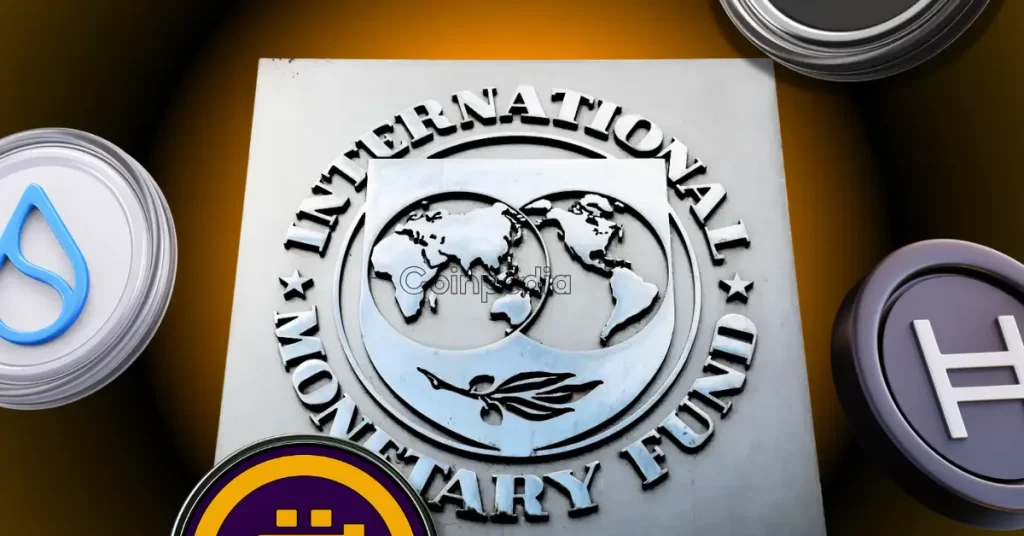
The post IMF’s New Crypto Classification Explained: Bitcoin, Stablecoins, and Staking appeared first on Coinpedia Fintech News
The International Monetary Fund (IMF) has updated its balance of payments standards to reflect the growing role of digital assets. For the first time, cryptocurrencies like Bitcoin (BTC) are being formally recognized in global economic reporting.
So, how exactly does the IMF classify crypto? And what does this mean for cross-border transactions, staking, and mining? Here’s a closer look at the key changes and why they matter.
Crypto Now Part of IMF’s Global Standards
In the newly released seventh edition of the Balance of Payments Manual (BPM7), the IMF has included cryptocurrencies like Bitcoin (BTC) in its economic framework. This is the first time the IMF has provided detailed guidance on how digital assets should be classified in global statistics.
The manual, published on March 20, categorizes Bitcoin and similar cryptocurrencies as non-productive assets. This classification highlights their role in the economy while distinguishing them from traditional financial instruments.
How the IMF Classifies Digital Assets
The IMF’s new framework divides digital assets into two main categories: fungible and non-fungible tokens. It then further classifies them based on whether they are tied to liabilities.
- Bitcoin and other cryptocurrencies that do not carry liabilities are considered capital assets.
- Stablecoins backed by liabilities are treated as financial instruments.
Crypto assets like Bitcoin, which serve as a medium of exchange but are not linked to liabilities, are recorded as non-produced, nonfinancial assets in the capital account.
How This Affects Cross-Border Crypto Transactions
The new classification changes how international crypto transactions are recorded. When Bitcoin and similar assets are transferred across borders, they will now be tracked as acquisitions or sales of non-produced assets in the capital account.
Meanwhile, cryptocurrencies linked to specific platforms, such as Ethereum (ETH) or Solana (SOL), may be classified as equity holdings if the investor is from a different country than where the asset originated.
For example, if an investor in the UK holds Solana tokens issued in the US, those holdings would be recorded in the financial account as equity crypto assets. The IMF notes that while these assets rely on cryptography, they function similarly to stocks in terms of ownership rights.
New Rules for Staking and Mining
The IMF also addresses the complexities of crypto staking and mining. It suggests that rewards from holding tokens could be treated similarly to equity dividends, depending on the size and purpose of the holdings.
Additionally, the IMF now recognizes activities like mining and staking, which help validate blockchain transactions, as services. These will be recorded as part of a country’s computer services exports and imports, allowing for better tracking of their economic impact.
The BPM7 manual was developed with input from over 160 countries and will guide how global economic data is reported. While different countries may apply the standards in their own ways, this update is a major step toward recognizing digital assets in the world economy.
Love it or hate it, digital assets are now part of the global financial playbook. And there’s no turning back.
Never Miss a Beat in the Crypto World!
Stay ahead with breaking news, expert analysis, and real-time updates on the latest trends in Bitcoin, altcoins, DeFi, NFTs, and more.
0 Comments